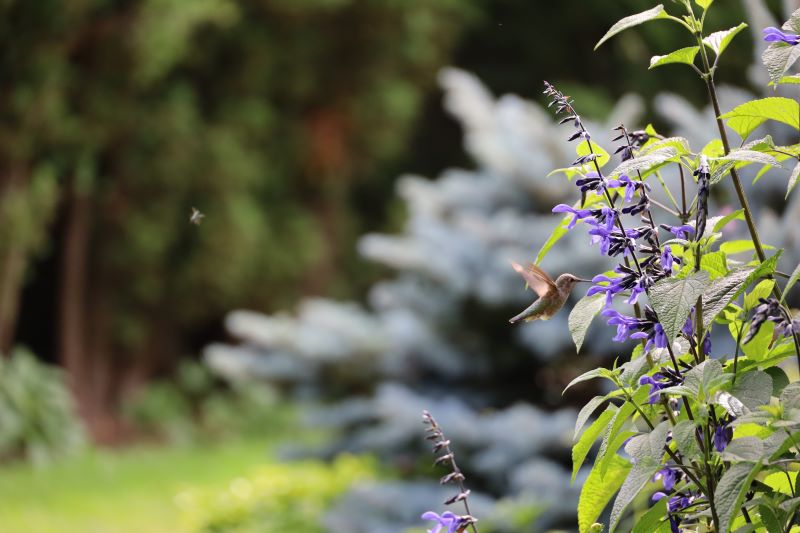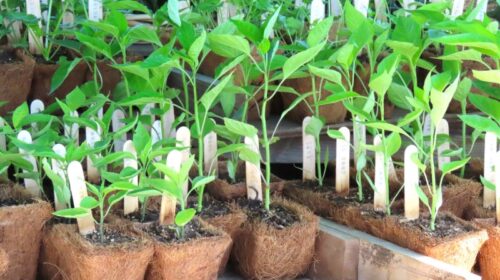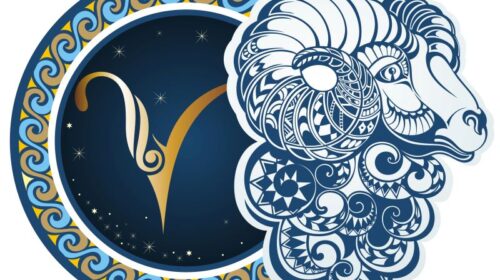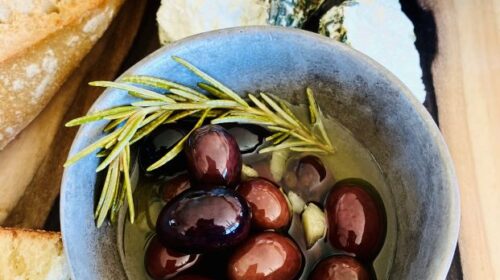Showtime in the Garden: May Blooms and Vegetable Garden Bliss
By Josh Reilly
It’s showtime! We’ve spent the long, cold Winter peeking out the window through the downpour at leafless stems, shoots, and branches. And mud. We’ve allowed ourselves a little advance joy with each new leaf or flower bud that we see in March and the big warm-up, April. Then comes May. It’s a bit like that moment when the railcar tops out on the first hill of the Giant Dipper at the Boardwalk. You take in the view, throw your hands in the air, and over you go! Enjoy the wild ride. There will be time to level off in August when you can catch your breath.
Among just a few of the native blooms now filling our gardens and hillsides are Irises, blue and yellow lupine, blue-eyed grass, Sticky Monkey Flower, Evening Primrose, and Coyote Mint. A word about growing many of these natives in your garden: they prefer a lean, rocky, mineral soil to a lush garden loam filled with organic matter. Babied with well-drained loam, they will provide a brief burst of growth and blossoms, followed by a long decline and eventual exhaustion. In my garden, these plants have desperately thrown seeds out of the rich well-tended garden beds and sown themselves in my gravel and dirt paths or between bricks in the front patio. They seem to thrive on adversity. My kind of plant.
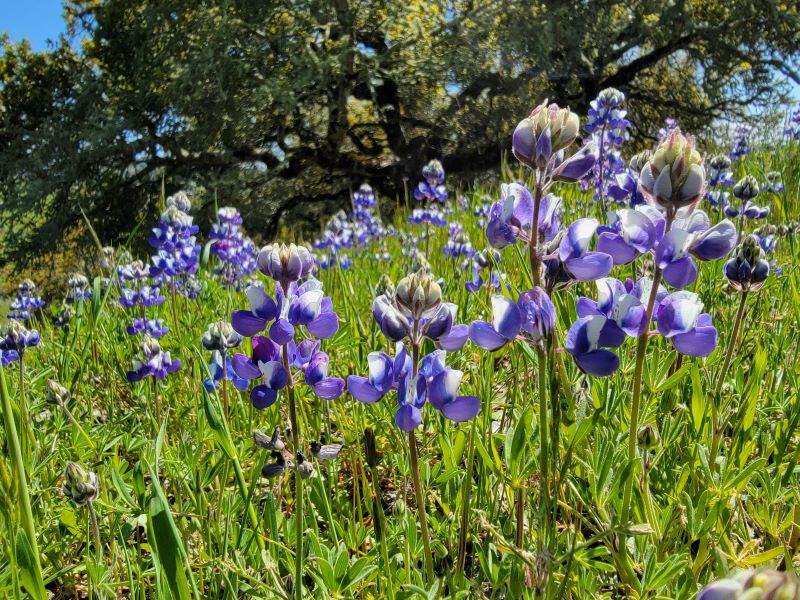
Garden annuals and perennials blooming now include natives Jerusalem Sage and Milkweed, along with penstemon, Snapdragon, Foxglove, the oft-confused Geraniums and Pelargoniums, anemones, violas, Freesias, Crocus, Peruvian Lilies, Heuchera (Alum Root), rockrose, rosemary, lavender, Wooly Blue Curl and Morning Glories. Native California sages, such as “Sonoma Sage”, “Point Sal”, and “Bee’s Bliss” tend to bloom just a bit before their cousins in the nursery trade. By May they should be well along. The gorgeous dark red “Hummingbird Sage” follows in bloom shortly thereafter. And yes, those sweet pea seedlings you dutifully planted last November, for which you have waited patiently, while the weather tried its best to discourage them, are now blooming. Also in bloom are shrubs and small trees including Ceanothus, Butterfly bush, viburnum, dogwood, western redbud, Weigela, yuccas, and of course, roses.
You can plant almost any vegetable or Summer annual flower from seed in May if you haven’t already dared the April frost. Or head over to Scarborough Garden Center or Mountain Feed and Farm Supply and pick up seedlings in 6-packs, 1-inch and 4-inch sizes. Tomatoes, peppers, corn, squash, okra, beans, snap peas, short season leafy greens and arugula can go in now. Don’t forget basil for the herb garden. And get those Dahlias in the flower beds right away.
Alas, gophers are just as busy in May as you are. Gophers are somewhat seasonal in activity, most active in Spring and Fall and less so in Summer and Winter. The neighborhood cats, snakes, foxes, hawks, and owls do what they can, but it’s not always enough. To sustain a stable ecological food web, there must be more prey than predators. Other measures will almost certainly be required. I’ve had some luck with cinch and Macabee-type traps, but you can’t really use them until you find the gopher hole and that usually means the gophers have already begun eating their way through your most prized, full-grown, unprotected plants. For best results, get up at the crack of dawn and set your traps then (sorry, but it works). Gophers are most active at dawn and dusk, although they will happily violate this “rule” if they are hungry and your neighbor’s cat is temporarily hunting elsewhere. I have also heard that pouring the nitrogen-rich fertilizer Fish Emulsion down their burrows will drive them away. I have tried this method but it’s hard to gauge success. And Fish Emulsion has become expensive, for some reason I cannot understand, given that fish guts are essentially worthless for anything else.
Josh Reilly, aka Uncle Skip, writes about seasonal gardening from his home in beautiful Ben Lomond, California.
Featured photo: Salvia like the bright purple Lindenleaf sage attract hummingbirds to the May garden

